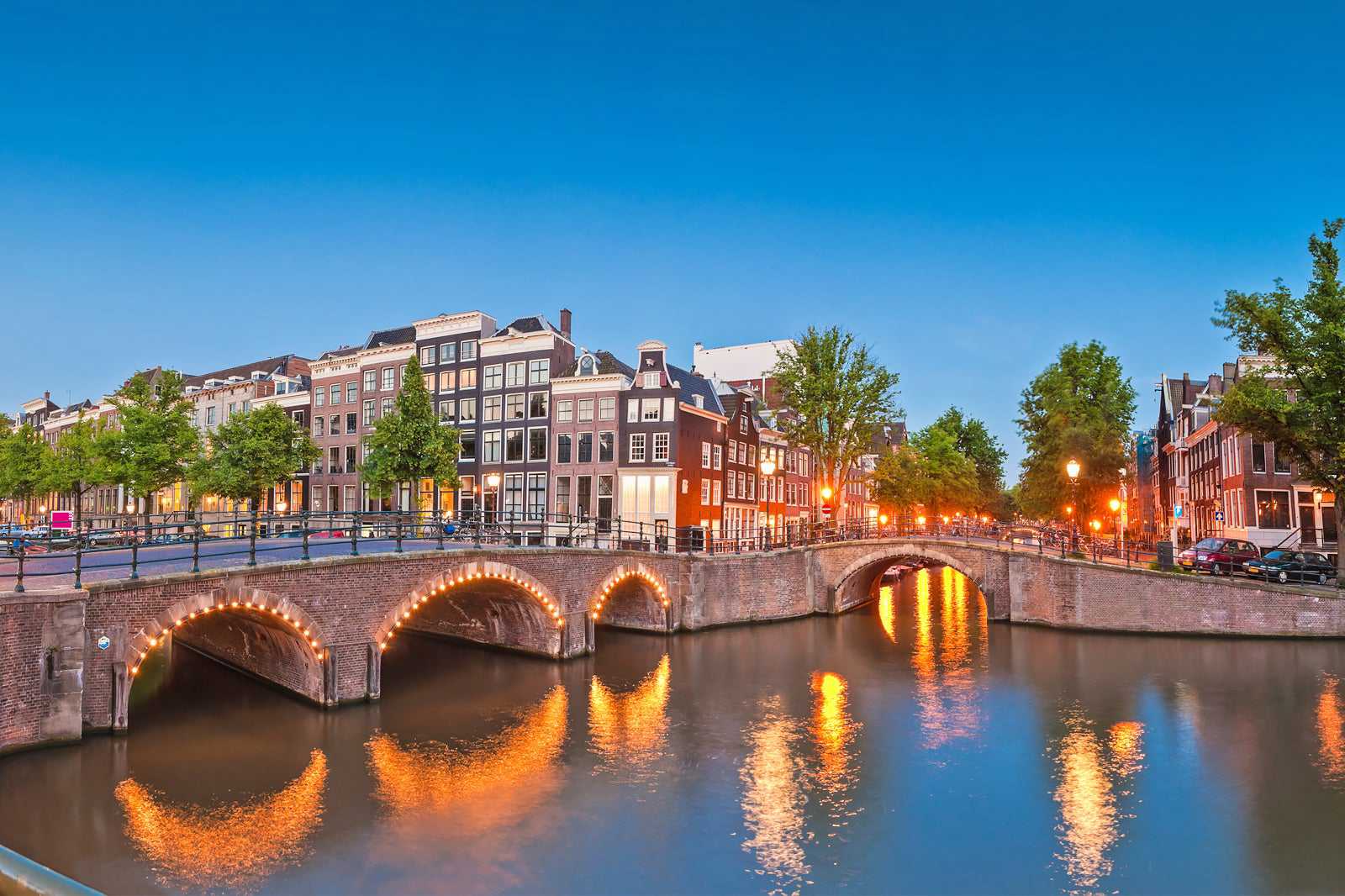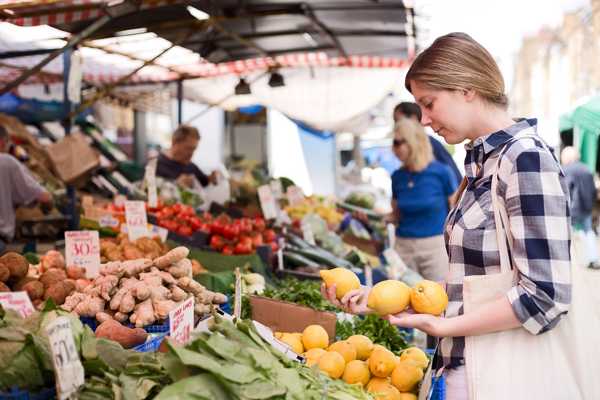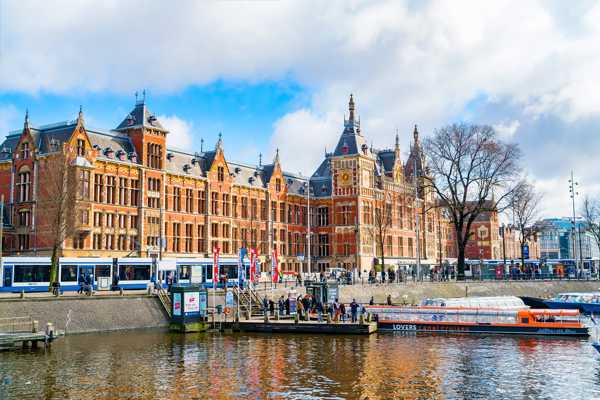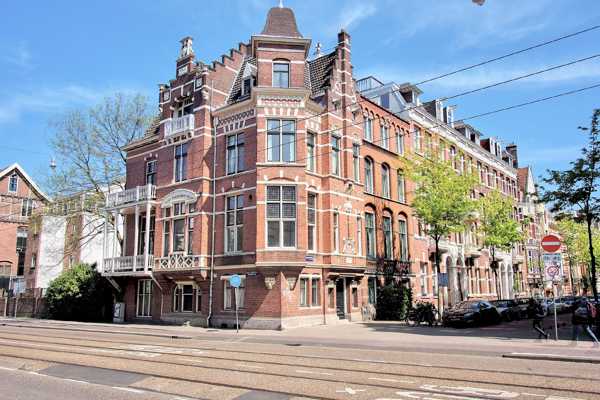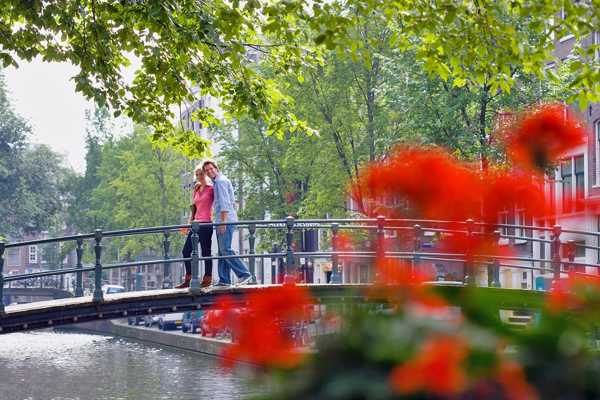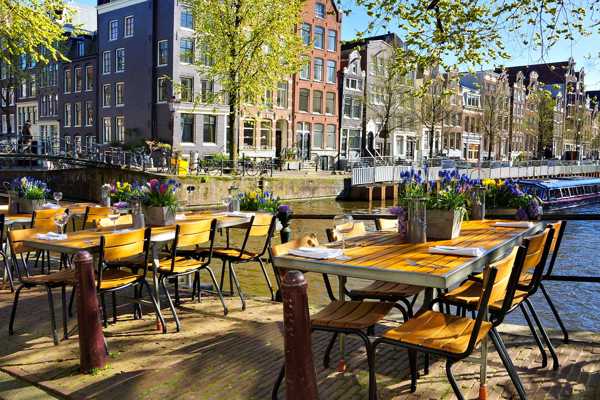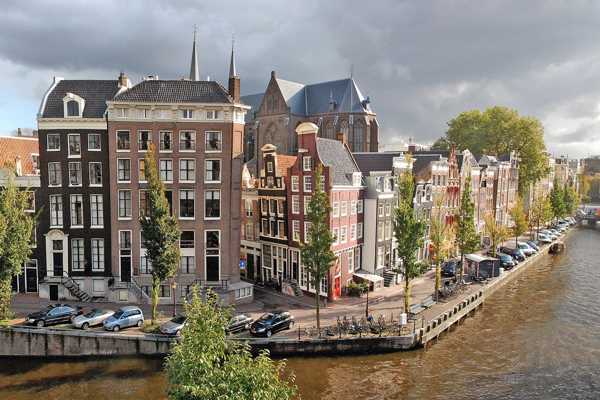Keizersgracht (Emperor’s Canal) is a half-circle canal with numerous historical buildings in Amsterdam. This charming waterway is part of the Grachtengordel and can be considered a 'second generation' canal, being dug out in the early 1600s.
Redbrick buildings, aged warehouses, and Gothic churches are clustered together along the Keizersgracht. Behind all these colourful housefronts, stories of persecution, trade, and family histories are waiting to be discovered.
A total of 14 bridges span over the Keizersgracht, of which the Lucas Jansz Sinckbrug at the junction with the River Amstel is the oldest and most picturesque. Covering the Keizersgracht on foot requires a 2.6-km walk that takes you from Brouwersgracht in the north to the Amstel river in the southeast.
Keizersgracht in Amsterdam - one of the highlights of 10 Best Canals in Amsterdam (Read all about Amsterdam here)

What are the highlights of the Keizersgracht?
Apart from its purpose as a protective border between the city and the hinterland, the Keizersgracht was developed into a trading centre shortly after the shaft was created. Evidence of its importance can be found at the Greenland Warehouses, triplet buildings used as a storage for whale fat and other products that came with whale hunting in northern Europe. Next, make your way to Number 123, dubbed as the ‘House with the Heads’ – a stunning merchant house with an art gallery on the inside and stone ornamental heads on its exterior.
It’s also worth stopping at the Keizersgracht cathedral at Number 566 and Foam, a gallery dedicated to historical photographs. An absolute highlight is Museum Van Loon, a dwelling from the 1600s converted into a museum with tastefully decorated rooms and a stunningly curated garden. From this heritage museum, it’s only a brief ramble to the Lucas Jansz Sinckbrug that marks the end of the canal.
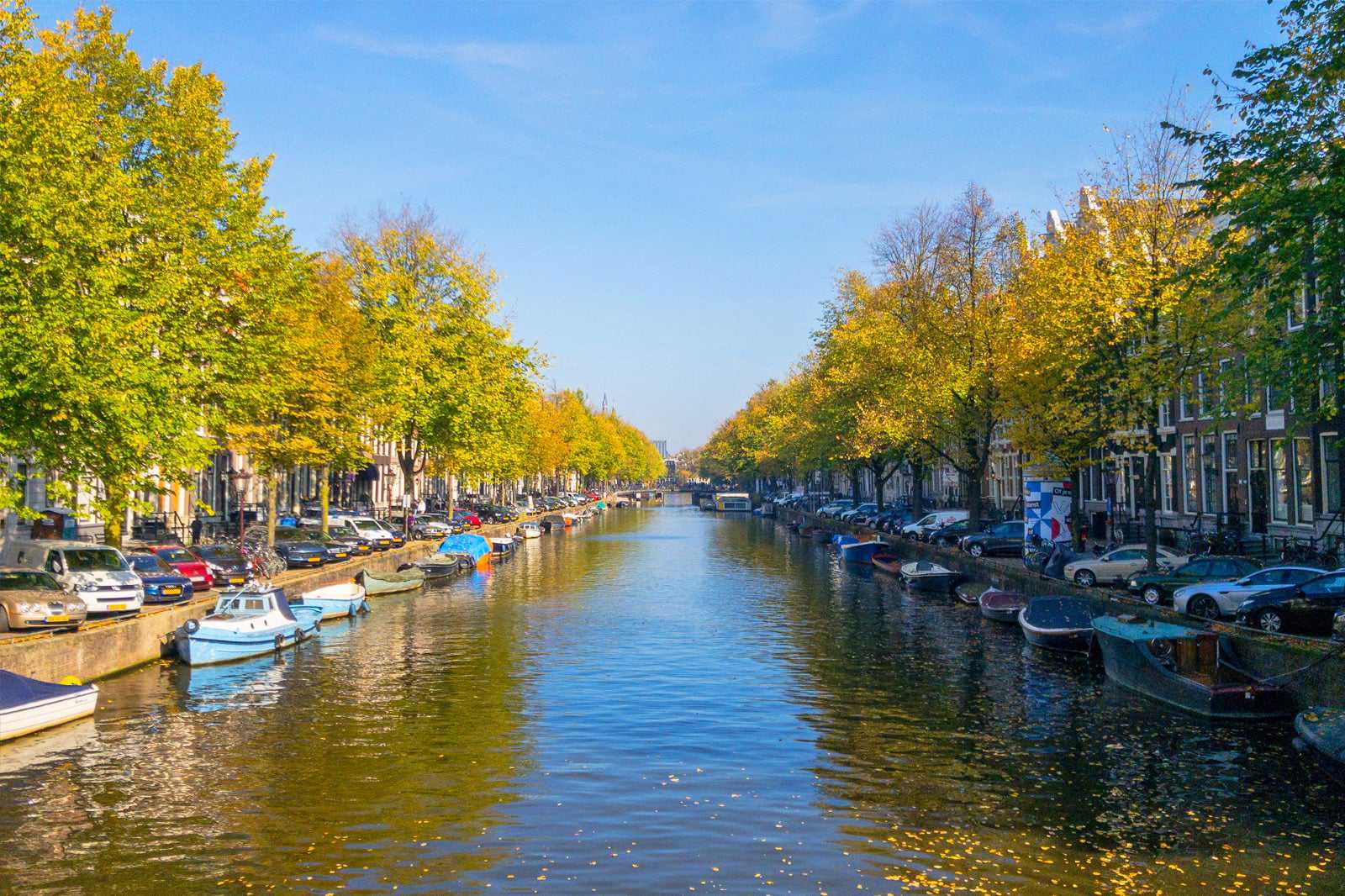
A brief history of the Keizersgracht
The foundations of the Keizersgracht were laid in 1615. A range of activities and functions were attributed to this channel, including storage houses and sheltering persecuted religious groups. Both the Remonstrants and Catholics were not allowed to hold services in late medieval Amsterdam. The Vrijburg was once a concealed church and now functions as a cultural centre called the Rode Hoed (Red Hat).
The Keizersgracht, named after the Holy Roman Emperor Maximilian I, was initially meant to be a wide avenue without water. However, when the wealthy future owners decided that they wanted to be able to reach their residence by boat, the initial plan ended up in the bin. Until today, the Keizersgracht remains the widest canal in all of Amsterdam, at 28.3 metres. Even more notable is that the Keizersgracht is home to a staggering 569 national heritage sites.
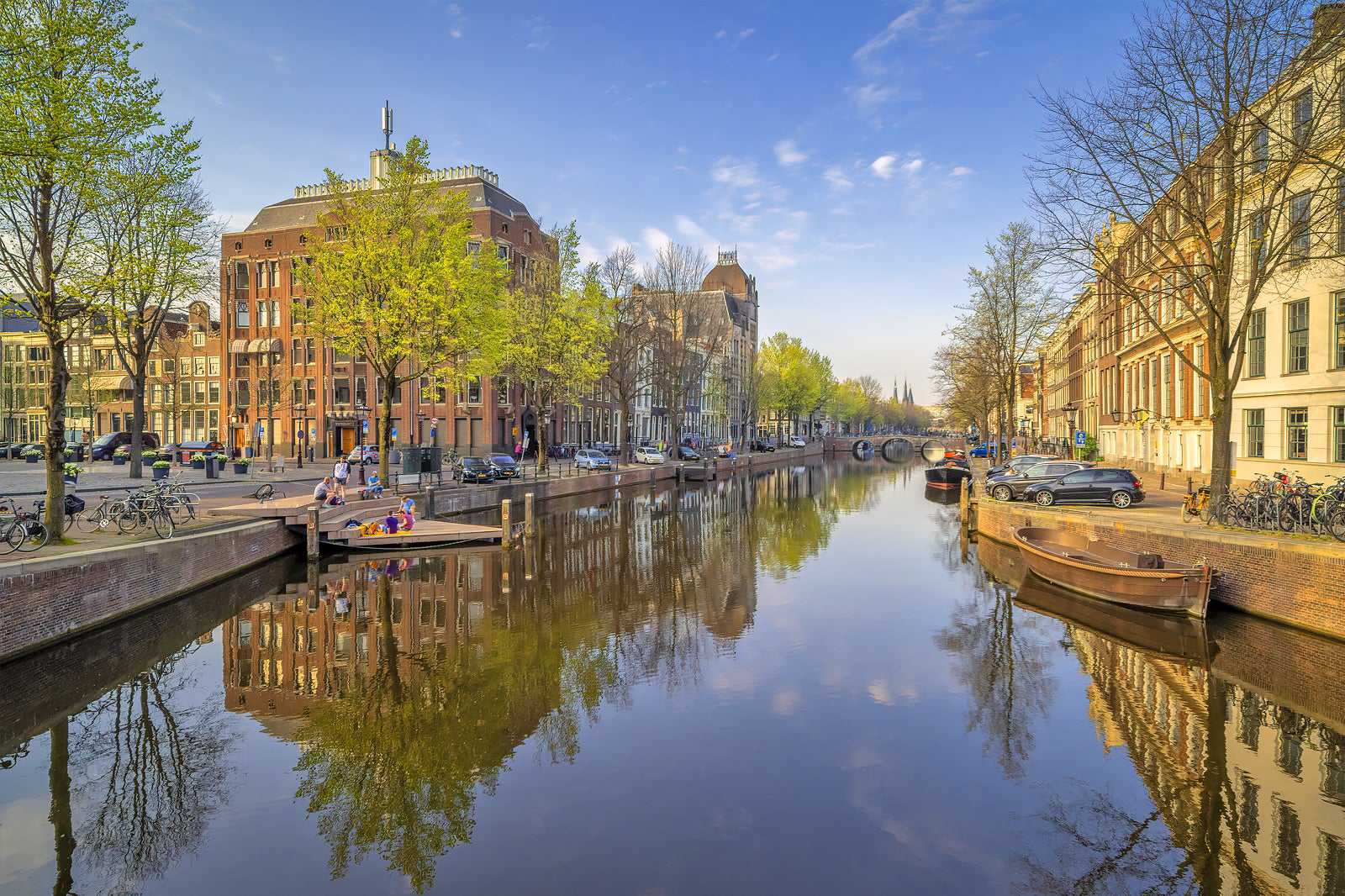
Good to know about the Keizersgracht
A truly unique way to experience the famed Keizersgracht is by staying in a hotel along the canal itself. If you’re after an amusing day with friends or family, rent a pedalboat and see the gorgeous merchant buildings and bridges from a one-of-a-kind perspective. The Anne Frank House and the Westerkerk cathedral are both just 100 metres away from the Keizersgracht. The Herengracht canal is between Keizersgracht and Singel, making it easy to explore all 3 on a walking tour.
If you’re feeling peckish while sightseeing in Amsterdam, there are heaps of eateries lining the streets close to the canal. You can opt for a fine-dining meal at the gorgeous Restaurant Felix or the more laidback Restaurant De Struisvogel.
